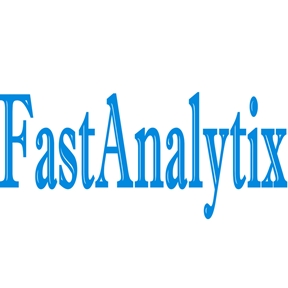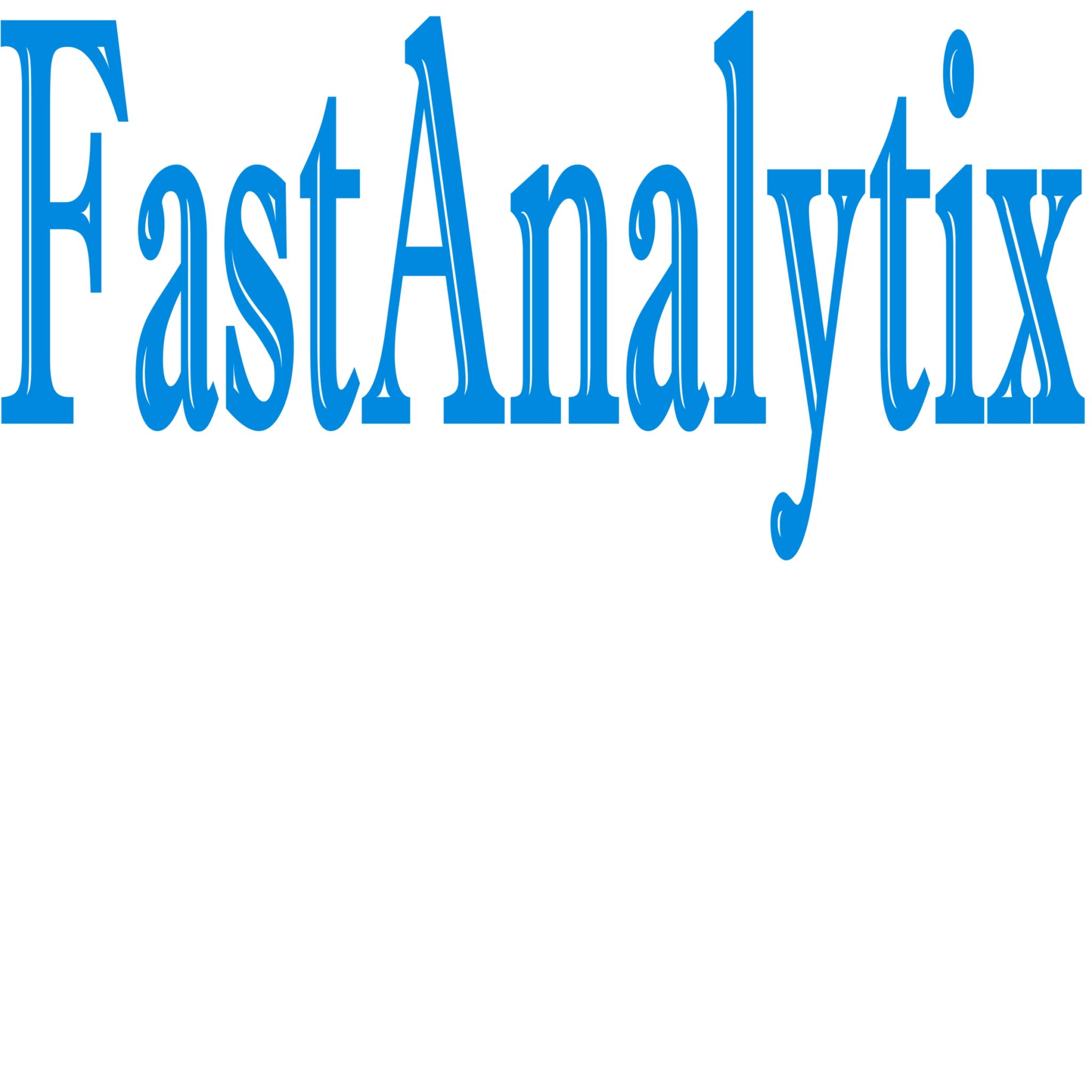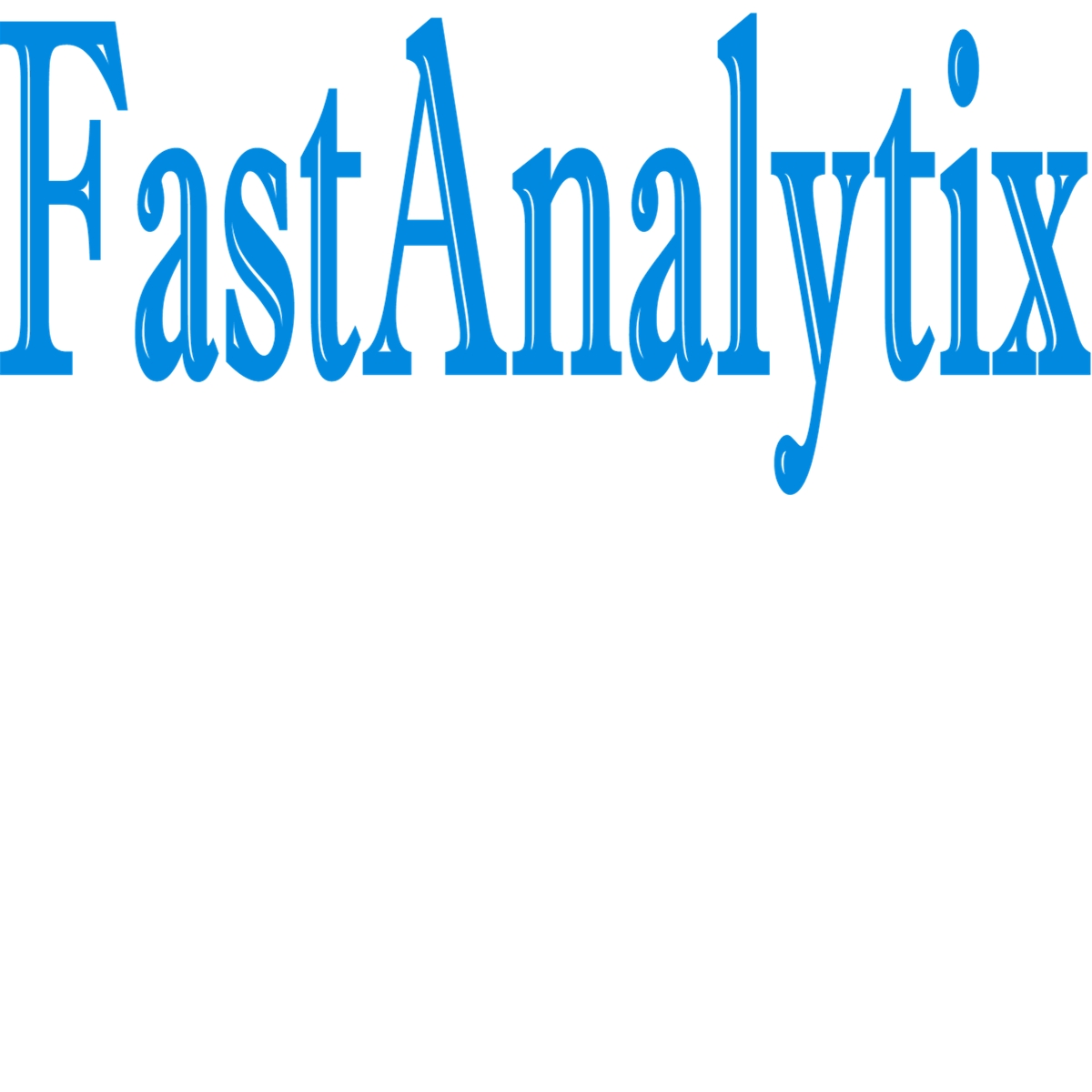Data has the potential to profoundly affect the way we do business.
The quote on CNBC really exemplifies this – “Data is the new Oil.”
Data is a natural resource that is growing bigger. Like any resource, it is difficult to extract. It comes in many types – or a huge variety. It is also difficult to refine, or analyze. Many organizations do not even tap into this natural resource – they ignore data, or they use it for just one purpose. This is largely because it is difficult to structure and restructure for different purposes. But some organizations have cracked the code, and they have figured out how to process and analyze data available to them, and they are utilizing it to achieve breakthrough outcomes.
If data is a natural resource, what is your company doing to capitalize on it?
In the new era of computing, the growing complexity of new sources of data and a variety of data types creates challenges. Left unchecked, data is becoming more uncertain and directly impacts the initiatives it supports such as analytics.
Big data has become a big deal, and it’s causing many organizations to ask, “Does big data equal big value for my business—or is it mostly big hype?” “What differentiates the big data programs that generate value from those that do not?” and “Just how much value can big data achieve?” The answers to these questions might surprise you.



